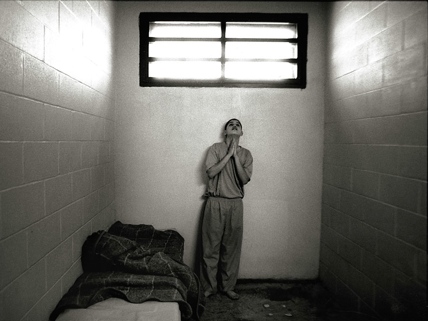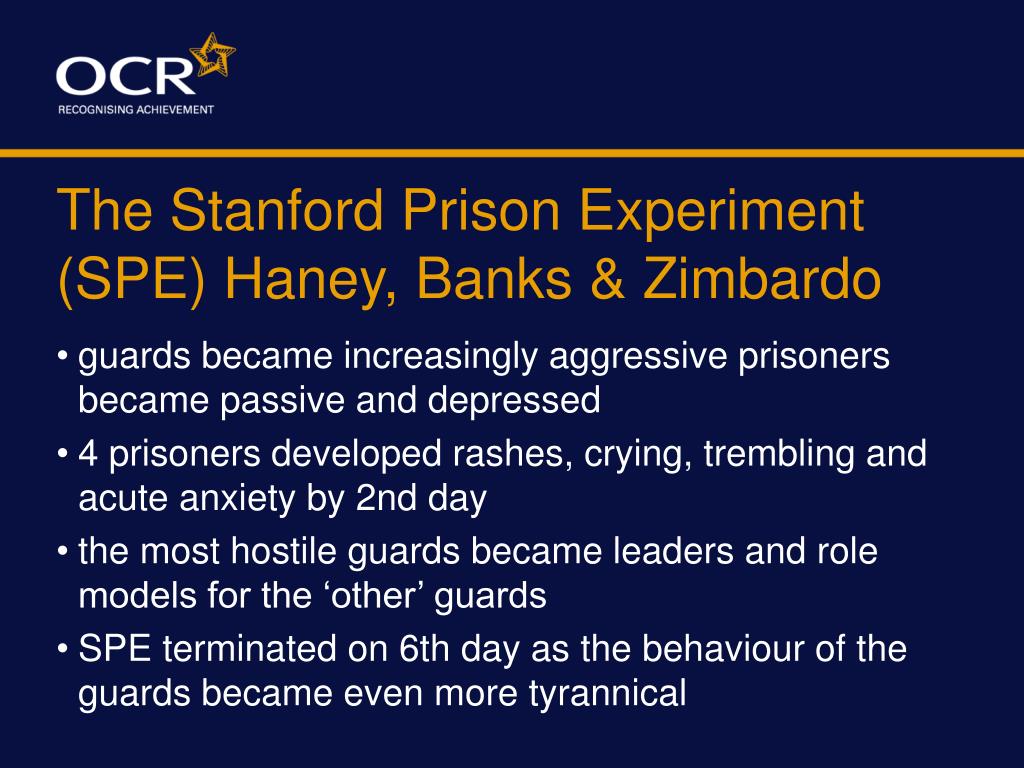
In April 2018, Thibault Le Texier, a Ph.D. She was shocked by what she saw and, as a result, he ended the experiment the next morning. He finally ended the experiment when confronted by Christina Maslach, his former teaching assistant and current girlfriend, whom he asked to come to the mock prison on the fifth day.
Social questions about prison professional#
In Zimbardo’s case, he had a conflict of professional interest in his dual role of Principle Investigator and Prison Superintendent.
Social questions about prison trial#
While most research conflict of interest statements focus on financial interests or personal and family member gains, some non-financial considerations may influence or compromise professional judgment in a clinical trial or research experiment. In general, investigators file a conflict of interest form when submitting their application to their Institutional Review (IRB) board for approval to carry out their proposed research. All three acted as they would with real prisoners. 2 In response to a request by prisoners for religious services, Zimbardo recruited a priest to play prison chaplain, had an ex-convict advise him on prisons and serve as chair of the parole board, and allowed a public defender to hold official lawyer’s visits with prisoners. 8612 became a rebellious political prisoner and Arnett, a sociology grad student, became one of the most sadistic/ extremely authoritarian guards.

The simulation was enhanced by the role-playing of five participants. Dr Philip Zimbardo, the researcher, did not stop the experiment/simulation until six days had passed.” 1 “This landmark psychological study of the human response to captivity and, in particular, prison life, involved assigning roles to normal male student volunteers to create groups of ‘prisoners’ and ‘guards.’ The research became so intense, as physical and psychological abuse of ‘prisoners’ by ‘guards’ escalated, that several of the subjects experienced distress less than 36 hours after the study began. The widely used tutorial website Collaborative Institutional Training Initiative (CITI) module on history and ethics identified the ethical problems with the Zimbardo study as harm to participants and a degree of detachment on the part of the researcher: It also started a debate over human nature, the social sciences, and research ethics that has lasted almost 50 years. The simulation raised philosophical and social science questions about the nature and source of evil, whether humans can liberate themselves from the constraints and alienation of society, and the capability of the social sciences to answer the question of what makes people do what they do.

The guards soon dehumanized and abused the prisoners to the extent that many of the prisoners wished to withdraw from the experiment and he had to call off and shut down the experiment after only six days. In 1971 he set up a mock prison in the basement of the Stanford University psychology building. Zimbardo was interested in how an individual adapts to a new environment and role. Philip Zimbardo’s 1971 Stanford Prison Experiment randomly assigned young male volunteers to the roles of guards or prisoners for a two-week period. The study is a cautionary tale that should be included in textbooks to improve social science research, demonstrate the need for research ethics, and prevent outrageous treatment of prisoners in the real world. A detailed description of the experiment reveals insights on how group dynamics and social structure can encourage normal individuals to harm one another in a prison environment. However, the experiment was carried out before many social science research ethics were established. In 2018, these issues were revisited and some declared the experiment unscientific and untrustworthy.

Two ethical issues are the ability of the participants to leave the experiment and the failure to provide adequate oversight and intervening to limit the abuse of the prisoners.

Male student volunteers were randomly assigned to be prisoners or guards in a simulation in which the guards became sadistic and the prisoners showed extreme stress. The Stanford Prison Experiment has continued to raise questions about social science research ethics.


 0 kommentar(er)
0 kommentar(er)
